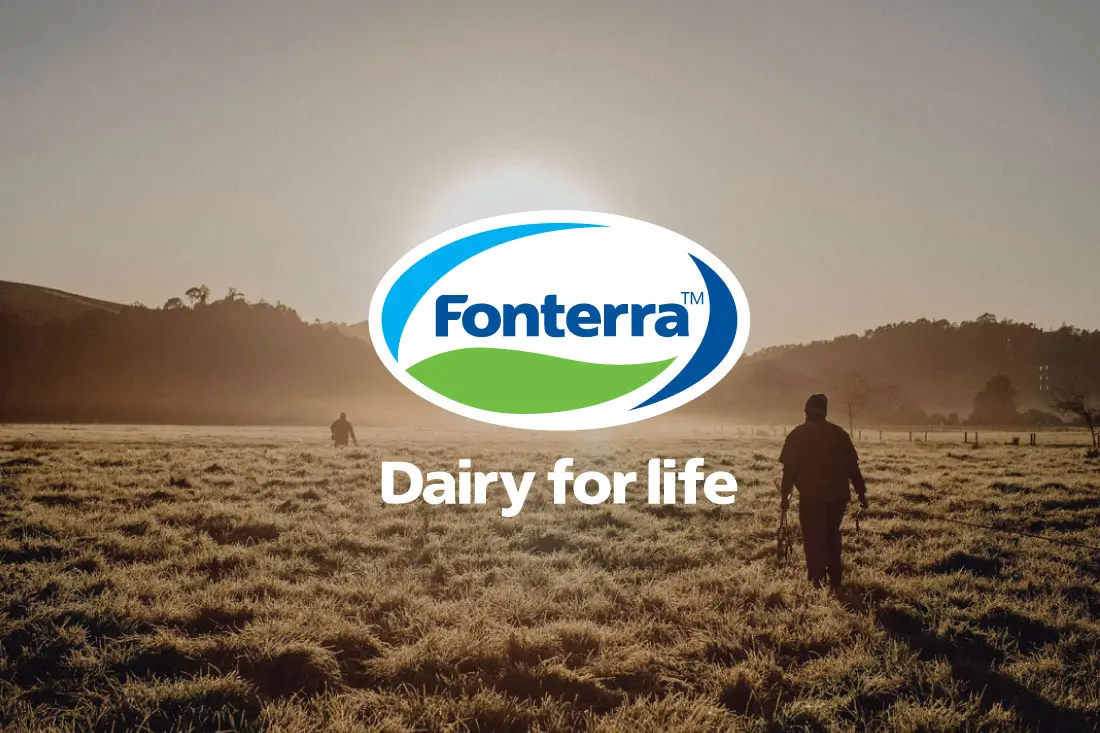Potential Impact on Dairy Prices as Fonterra Considers Selling Consumer Brands
Introduction
New Zealand’s dairy giant, Fonterra, is contemplating a strategic shift that could significantly impact both the domestic and global dairy markets. The company is considering selling its well-known consumer brands to focus more on its business-to-business operations, providing dairy nutrition products to other companies. This potential move has sparked various concerns and discussions about its implications on dairy prices, product quality, and the overall market dynamics.
Fonterra’s Strategic Shift
Fonterra’s consumer brands, including popular names such as Anchor, Mainland, Kāpiti, Anlene, Anmum, Fernleaf, Western Star, and Perfect Italiano, collectively account for about 15% of the cooperative’s total milk solids. In the first half of the current financial year, these brands contributed approximately 19% to Fonterra’s underlying profit. This significant contribution underscores the importance of these brands not only to Fonterra but also to the wider market and consumers who have grown accustomed to their quality and taste.
Expert Concerns
Bodo Lang, a marketing professor at Massey University, has voiced substantial concerns regarding Fonterra’s proposed divestiture. According to Lang, selling these brands, particularly to an overseas entity primarily driven by profit, could lead to higher dairy prices for New Zealand consumers. He fears that such a move might strip away part of Fonterra’s identity, given that these brands are deeply ingrained in the cooperative’s domestic image and success.
Lang also highlighted the risks associated with potential changes in product characteristics, such as flavor, which are integral to consumer satisfaction. The surprise element of Fonterra’s decision has attracted multiple potential buyers, reflecting the strong market appeal of its consumer brands.
Fonterra’s Perspective
Miles Hurrell, Fonterra’s CEO, has emphasized the strategic benefits of selling the consumer brands. By divesting these brands, Fonterra aims to streamline its operations and focus on producing dairy ingredients for other companies. Hurrell assured stakeholders that any sale process would be comprehensive, taking between 12 to 18 months and requiring approval from shareholders.
Hurrell’s vision for Fonterra includes a sharper focus on innovation and efficiency in producing high-quality dairy ingredients, which could lead to better returns for the cooperative. This strategic pivot is seen as a move to strengthen Fonterra’s position in the global dairy market by honing in on its core competencies.
Government and Market Reactions
Contrary to Lang’s apprehensions, Agriculture Minister Todd McClay has minimized the potential negative impact on consumers. McClay pointed to the increasing market competition in recent years, suggesting that this competition could mitigate any adverse effects on dairy prices. He praised Fonterra’s strategic shift, highlighting its alignment with global trends where dairy producers are focusing more on value-added products.
McClay, who also serves as the Trade Minister, noted the growing international interest in partnering with New Zealand companies for high-value dairy products. He expressed confidence in Fonterra’s ability to manage its reputation and ensure that the sale process, if it proceeds, would uphold the cooperative’s esteemed global standing.
Potential Impacts on Dairy Prices
The potential sale of Fonterra’s consumer brands could lead to several market outcomes. If the brands are acquired by an international conglomerate, there is a risk that the new owners might prioritize profit margins over product affordability, potentially driving up dairy prices in New Zealand. Additionally, the change in ownership could result in alterations to product formulations and characteristics, impacting consumer preference and satisfaction.
However, the increased competition within the dairy market, as highlighted by Minister McClay, could serve as a counterbalance to these potential price hikes. New entrants and existing competitors might capitalize on any shifts in brand loyalty, offering similar products at competitive prices to capture market share.
The Future of Fonterra’s Consumer Brands
The future of Fonterra’s consumer brands remains uncertain as the company deliberates its next steps. If the sale proceeds, the new owners will need to navigate the expectations of both domestic and international consumers who have grown accustomed to the quality and reliability associated with these brands.
Fonterra’s focus on becoming a global leader in dairy nutrition ingredients could open new opportunities for growth and innovation. By concentrating on its business-to-business operations, Fonterra aims to leverage its expertise in dairy nutrition to deliver high-quality ingredients to other manufacturers, potentially driving advancements in the broader dairy industry.
Conclusion
Fonterra’s potential sale of its consumer brands marks a significant strategic shift with far-reaching implications for the dairy market. While concerns about rising prices and changes in product characteristics are valid, the move also presents opportunities for increased competition and innovation. As Fonterra navigates this transition, the dairy industry will be closely watching to see how these changes unfold and what they mean for consumers, producers, and the global market at large.
Read: New Zealand’s top 10 dairy companies
